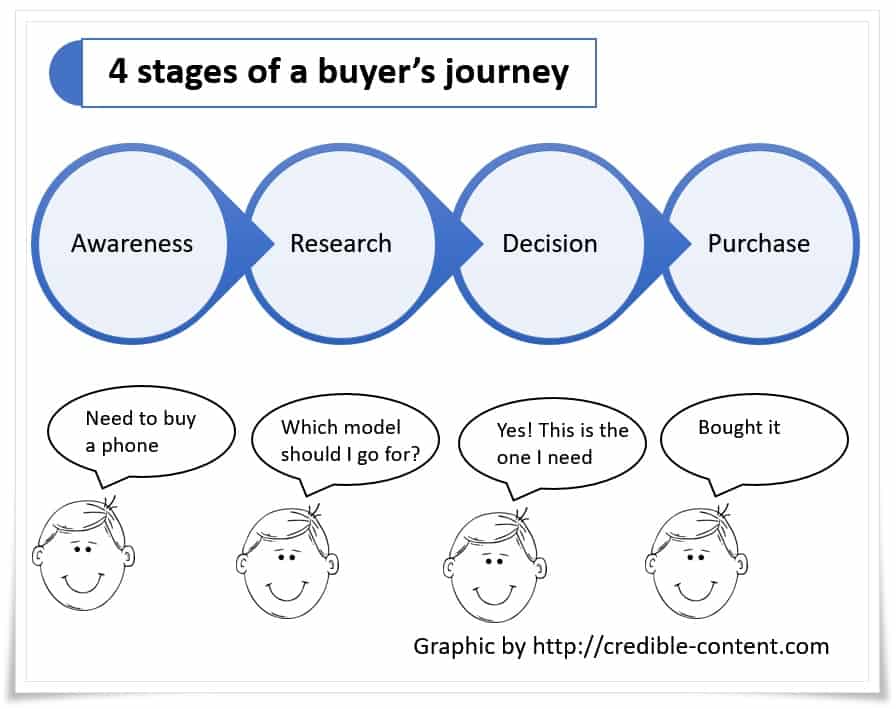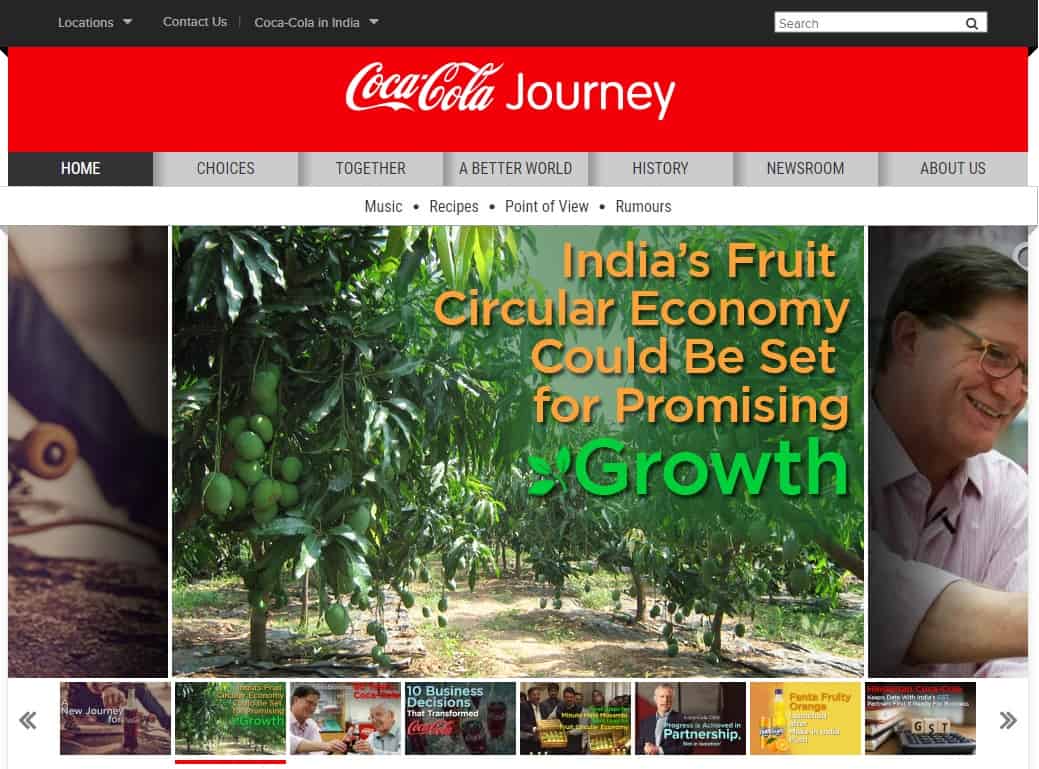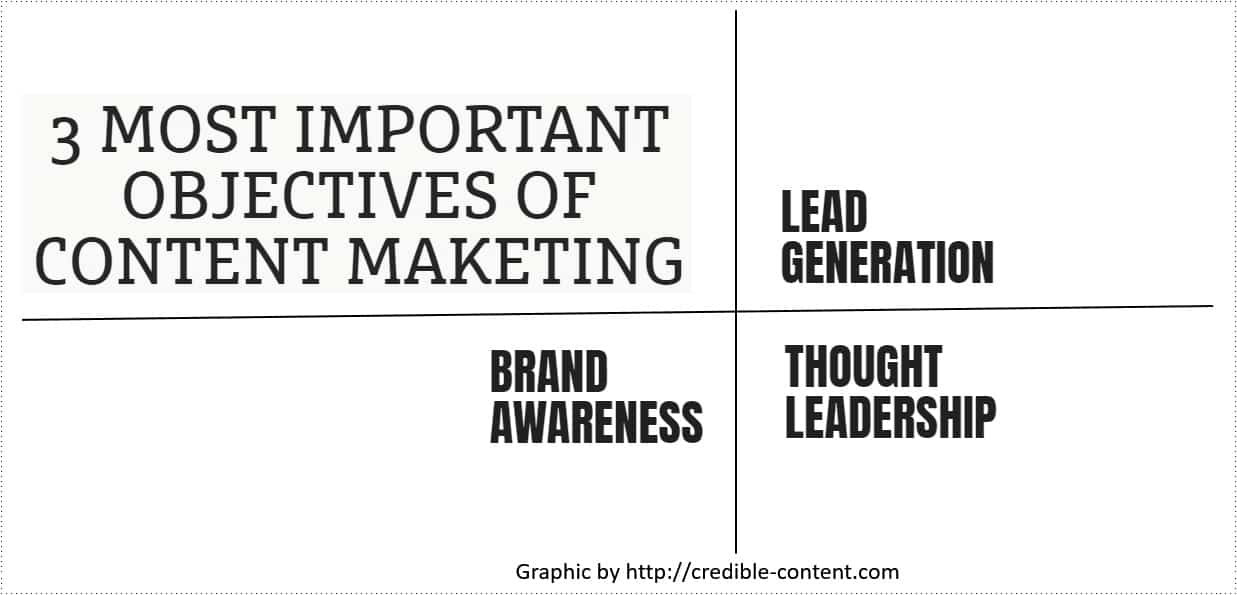 It is often difficult to explain to a layperson why use content marketing to promote one’s business.
It is often difficult to explain to a layperson why use content marketing to promote one’s business.
What are the main objectives of content marketing? Why is it important to understand your content marketing objectives? Why is it better than conventional advertising and marketing?
Most importantly, why spend money on it?
The concept of content marketing has existed since the time immemorial and individuals and businesses have been using content marketing to keep their customers coming back to their businesses.
After the advent of the Internet the concept has gained prominence because creating content and publishing it is easier on the Internet compared to using conventional means like books, magazines, pamphlets and newspapers.
If you want to use content marketing to promote your business, all you need to do is, set up a blog under your domain name, start publishing quality content, and then start distributing their content using the social channels available to you. Even this single step can help you achieve many of your content marketing objectives.
Although the actual implementation can be much more complex and may require lots of other steps, the point is that the entry barrier is quite low. If you are ready to put in the effort, there is little deterrence aside from the fact that your competitors may work harder to outsmart you.
One of the oldest instances of content marketing can be found in this post that talks about two brothers who invented a usable hose pipe to douse fires. One of the brothers used an educational booklet to explain people how this invention could be used. He also used to give presentations. He used visuals. He also provided consulting services (on how to use the hose pipe). All these methods are nothing but content marketing.
Another good example of content marketing is a village fair. Why do most of the people go to a village fair? 70% of the people have no intention of purchasing stuff. They mostly go because of the entertainment available at the fair. There are shows. There are mythology storytelling sessions where folk singers use colloquial language to tell awe-inspiring stories. There are giant wheels and merry-go-rounds for kids and adults.
The basic draw is the entertainment. This is content.
This content draws people to the village fair site and this in turn benefits all those merchants and shopkeepers who want to sell at the fair.
The Disney company, once having created the brand, makes more money selling the merchandise than from its movies and animation films.
The entire television industry depends on this concept. Through their content, television channels, including news channels, create a platform for themselves and once they have built an audience, they make money selling advertisements.

Hence, the most important objective of content marketing is to create a platform for you or your business. Then people keep coming back to this platform to consume your valuable content.
The more they consume/read your content, the more familiar they become with your product or service.
Most of the established content marketers insist that content marketing is basically educating your prospective customers and clients. It’s providing them solutions. It’s solving their problems. It’s being there when they need you.
The marketing part comes where you make it easier for people to find you.
No matter how great and valuable and useful your content is, unless people know about it, it is of no use.
This is why, once you have published content, you have to market it, you have to promote it in such a manner that people are able to find it and then they can benefit from it.
Aside from this, the 3 most important objectives of content marketing are:
- Lead generation
- Brand awareness
- Thought leadership
This may sound like a business jargon, but these 3 content marketing objectives make it very easy to explain it to someone how it can help a business.
Content marketing for lead generation
Every business needs to generate leads because these leads eventually turn into sales. So, if your content marketing efforts are generating leads, then it is a successful campaign. It is meeting one of its biggest objectives.
The statistics in this Slideshare presentation say that businesses that blog regularly generate 88% more leads compared to those who don’t publish a blog post regularly.
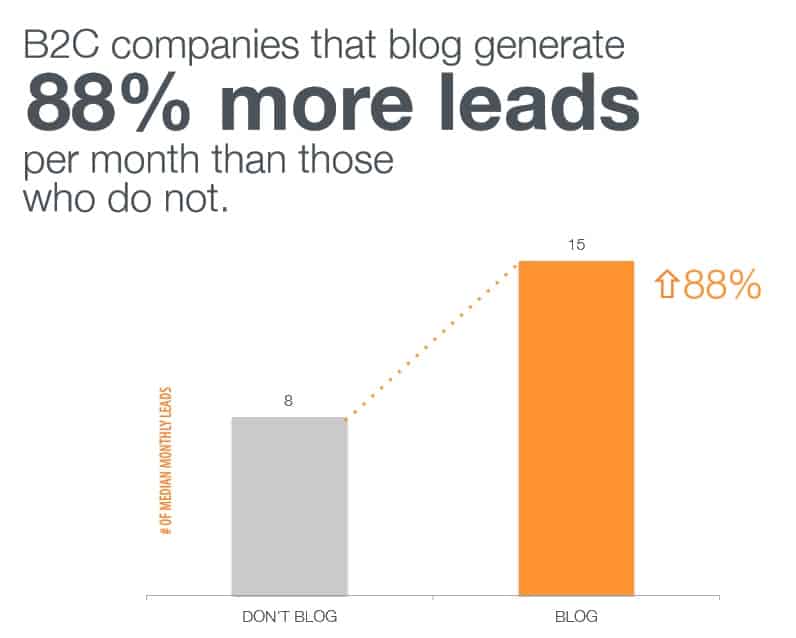
It’s obvious. The more content you have all over the Internet, the better are the chances of your links being found by your prospects, provided you are focusing on the right kind of content.
If I want to attract an audience who would like to hire my content writing and content marketing services, then obviously I should be writing content around these topics, whether I publish it on my own website or somewhere else (on Medium, for example).
Why your content gets you more leads?
Remember that everything depends on how effectively you publish and market your content.
Assuming that you are targeting the right market, with more content in circulation, you get more targeted traffic.
People associate you with high-quality content. Due to your consistency and adherence to high-quality, your prospective customers and clients begin to respect you.
They either directly do business with you or they recommend your business to people they know.
Content marketing for brand awareness
One of the greatest content marketing objectives is brand awareness.
You may also like to read How to build your brand with content marketing.
Brand awareness, as the term speaks for itself, means, more people know about your brand and are aware of what it stands for. This sort of content marketing may not get you business directly (but indirectly, it certainly does) it makes your brand visible.
Despite being one of the greatest content marketing objectives, tracking business growth via brand awareness can be a tricky business because your brand can grow in many ways and most of these ways are not easily trackable.
People repeatedly come across interesting content by you and they become familiar to your presence.
The best way of creating brand awareness through content marketing that comes to my mind is guest blogging and publishing informative articles on other websites.
By publishing guest blog posts on other blogs and websites you immediately put your brand in front of a completely new audience. If I want to put Credible Content in front of my prospects, I can submit blog posts to various websites like LinkedIn, Entrepreneur, web design blogs (to encourage them to hire my content writing services) and other business niche websites where people would be looking for a content writer.
You can also publish lots of educational material and simply let it be known that it’s your brand that’s publishing the material.
Content marketing for thought leadership
This is to establish your authority as an expert, or as a niche product or service provider. For thought leadership you need to publish lots of insightful content that helps people in real-world situations. You are considered a thought leader when your wisdom solves actual problems rather than dabbling with vague topics
Anyway, the objective of this blog post is not to talk about how to develop a strong thought leadership. It is to talk about the most important objectives of content marketing: lead generation, brand awareness and thought leadership. These are the basic, fundamental content marketing objectives and then they spread into various branches and sub-branches.
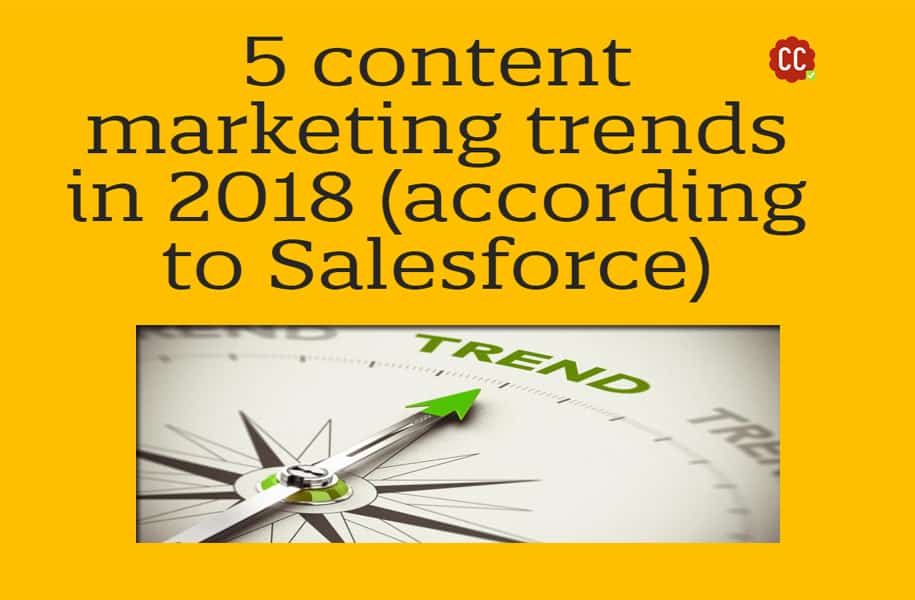 Although the fundamentals of content marketing are unchanging, the trends keep changing every year. This is because new content sharing platforms keep popping up and the line between various formats (text, video, image) is constantly being blurred.
Although the fundamentals of content marketing are unchanging, the trends keep changing every year. This is because new content sharing platforms keep popping up and the line between various formats (text, video, image) is constantly being blurred.


